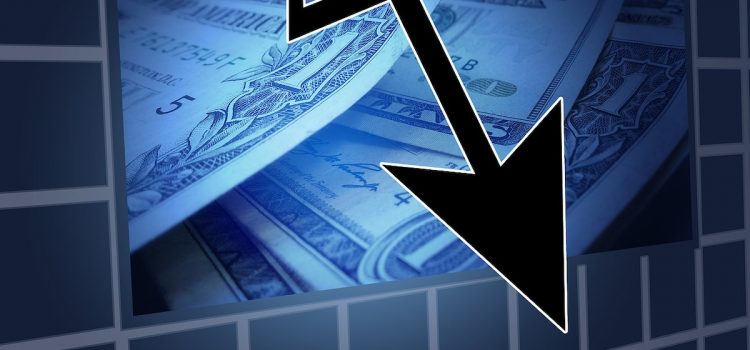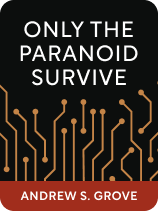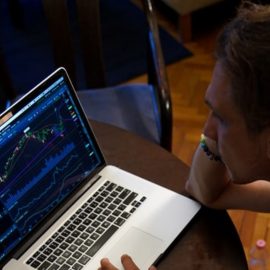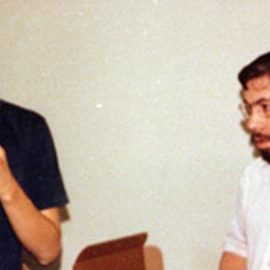

This article is an excerpt from the Shortform book guide to "Only the Paranoid Survive" by Andrew S. Grove. Shortform has the world's best summaries and analyses of books you should be reading.
Like this article? Sign up for a free trial here.
What are strategic inflection points? Is your business facing such a crisis?
Drawing on his experience as the CEO of Intel, Andrew Grove provides clear guidance on preparing for, identifying, and adapting to the kinds of upheavals that send less agile companies out of business. He calls these crises “strategic inflection points.”
Keep reading to learn what strategic inflection points are and how to determine whether your business has reached one.
Strategic Inflection Points
Grove’s advice draws heavily on his experience leading Intel through one of its greatest crises to date. Before selling microprocessors, Intel specialized in memory chips. An “early mover” on this technology, they enjoyed close to 100% of the market share in the late 1960s. However, by the early 1980s, Japanese firms began selling higher-quality memory chips at lower prices. Able to produce and export these chips at high volume, they quickly grabbed 70% to 80% of the market share.
After three years of scrambling, confusion, and vigorous debate, Intel decided to pivot. Ultimately, their bet paid off. Not only did Intel survive an upheaval that shut down other American memory companies, but they also became a global leader in microprocessors.
After reflecting on his experience, Grove distilled his hard-won lessons into clear advice for other companies facing a similar upheaval. He encourages you to adopt a stance of vigilance, flexibility, and forward-thinking as you work to keep your organization stable and competitive in an ever-changing business environment.
To prepare for a crisis like Intel’s, you first need to understand what kind of change to look out for. Throughout the 1990s, Grove defined and popularized the concept of the “strategic inflection point.” This is the point in a company’s trajectory where they face a crisis unlike any they’ve ever seen before. Strategic inflection points may look different across industries and companies, but Grove notes they all share three defining characteristics:
- A drastic change has taken place in the business environment.
- A company’s old ways of doing business no longer work.
- It’s unclear how the company must change to survive.
Strategic inflection points happen constantly throughout the commercial world. For example, the shopping mall was once the future of retail, but online shopping has now forced malls across America to close. Or, consider how free-trade agreements have forced international competition on companies used to operating in smaller domestic markets.
| “Strategic Inflection Point”: What’s in a Name? It’s worth reflecting on what Grove means by a “strategic inflection point.” In geometry, the point at which a line’s curve changes is known as the inflection point. Similarly, once your company reaches a strategic inflection point, its fundamental direction has changed—the forces that determine your business trajectory are pushing in a new direction and the conditions and strategies that used to lift up your company are now dragging it down. This signals that it’s time to rethink your business’s old models and change quickly if it’s going to survive. Today, “strategic inflection point” has become a standard part of the business lexicon. The term appears in the Cambridge Dictionary and remains in use in business education and media. Since the 1990s, the term has grown beyond the business context. Experts in military and international relationships discuss strategic inflection points in relationships between the US and rivals like China and Russia. |

———End of Preview———
Like what you just read? Read the rest of the world's best book summary and analysis of Andrew S. Grove's "Only the Paranoid Survive" at Shortform.
Here's what you'll find in our full Only the Paranoid Survive summary:
- How to adapt and survive as a business in a changing industry
- How the CEO of Intel lead the company through a time of crisis
- How to know when your company needs to pivot






